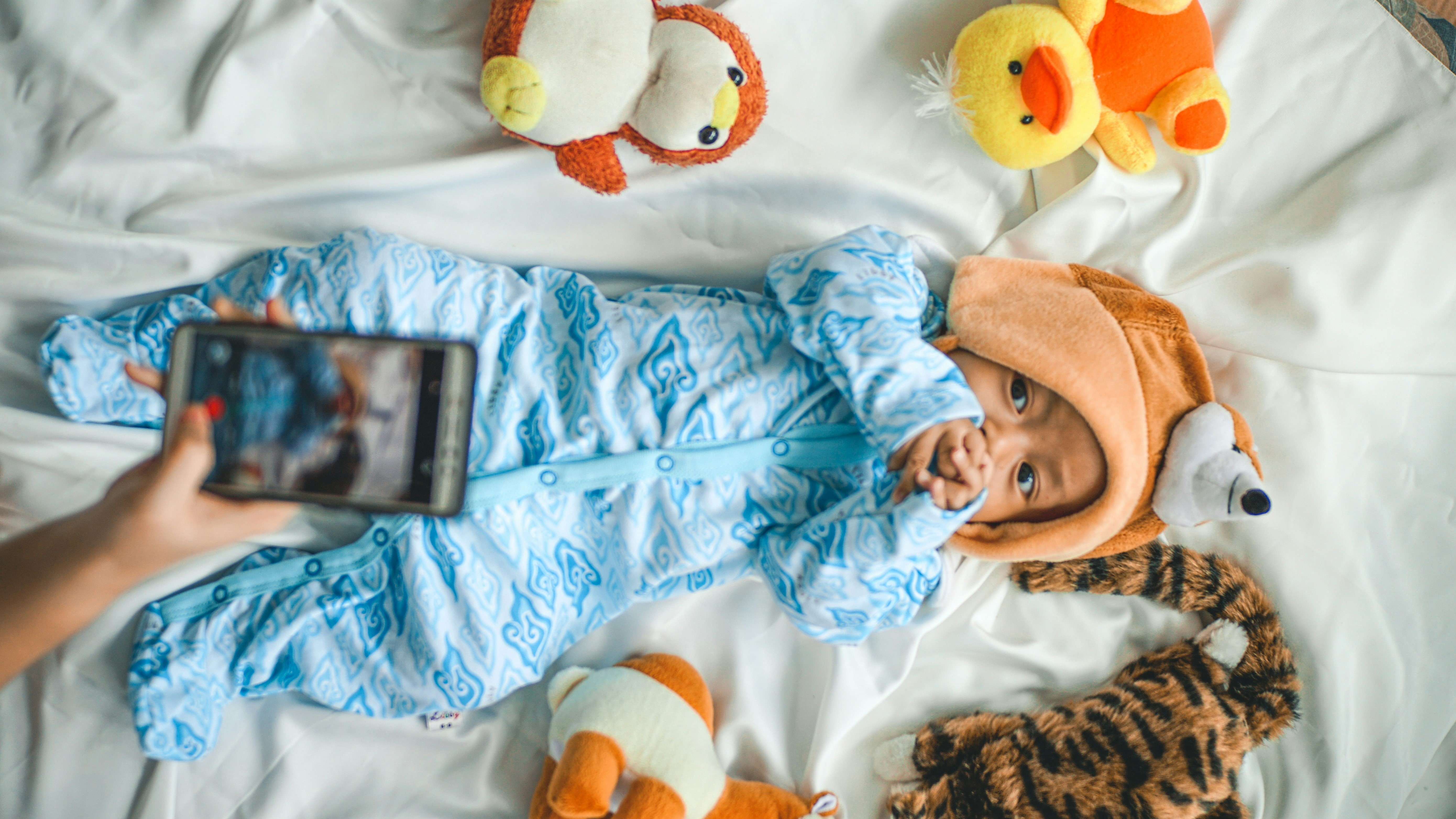Attachments
Note: Not all attachments are visible to the general public. Research URLs will go live after the embargo ends.

Journal/
conference: PLOS Digital Health
conference: PLOS Digital Health
Research:Paper
Organisation/s:
Murdoch Children's Research Institute (MCRI), The University of Melbourne
Funder:
This work was supported by the Murdoch
Children’s Research Institute (Clinician Scientist
Fellowship to EP), Rebecca L Cooper Medical
Research Foundation (PG2019421 to GB), National
Health and Medical Research Council Investigator
Grant (1194497 to GB; 2016390 to JC), NVIDIA
Corporation Hardware Grant program and The
Royal Children’s Hospital Foundation, Melbourne.



 Australia; VIC
Australia; VIC


